Buffing History
Brenau Alumna Joyce Lott and her husband Tom believe that sometimes it takes a village to see into the pastoral past.
You do not need a time machine to travel into Appalachian farm life, circa 1866. You only need to stroll the grounds of Laurel Heritage Farm, a functional micro-village of 20 historic buildings that Tom and Joyce Lott, WC ’59, have painstakingly preserved on their estate near the line between White and Lumpkin counties.
Taking inspiration from the Foxfire phenomenon, it has become a center for community fundraising, a living-history museum and an old-timey hub for Appalachian folklore.
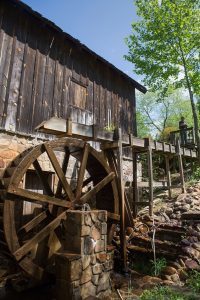
“I developed this enthusiastic interest in mountain farming history,” says Tom, a retired neuroradiologist who grew up in Flowery Branch, Georgia. “I didn’t know how to churn or make a wooden bucket, but I figured I could read and teach myself. I’m an intense person and a reader. I don’t golf, so I needed something to do.”
Joyce rolls her eyes and says, “When he gets into something, he really goes all out.”
On a recent tour, Tom explains that his family’s nostalgia obsession began with a 1837 cabin they relocated from Lake Burton. “The idea was to use it as a guesthouse, but the project just grew from there,” he says. In a rare concession to modernity, it is equipped with indoor plumbing, but purists may opt for the outhouse. The cabin also features a rope bed. “It was the tradition that the eldest son would tighten the ropes every night, and that’s where the expression ‘sleep tight’ came from,” Tom says.
The couple’s favorite part of their compound, though, is a combination chapel/schoolhouse, known as Joyce Chapel: Church in the Sourwood, constructed from reclaimed wood. Each desk has a small slate board and lunch pail, and a pump organ stands ready for a hymn. “It’s a wonderful place to stop and meditate,” he says, noting that visitors are always welcome. “Occasionally, I’ll find where someone has done just that. They’ll leave a little money in the collection plate.”
All of this weathered wood, accented by an array of items handcrafted on the grounds, creates the effect of a sepia-toned daguerreotype – a rustic Brigadoon materializing on grounds landscaped lushly with more than a thousand plants, including Chinese snowballs.
“Dr. Tom Lott has created his own little world,” says Billy Chism, editor and publisher of The White County News. “It’s a step back in time, all placed on a beautiful piece of property. It’s funny – the village is unique, but what I remember most from my visit was the gorgeous landscaping.”
Little Brown Jugs
Among the features of the village: a grist-mill with a constantly turning water wheel; a meat-house; a corn crib; a hen house; bee gums; and a blacksmith shed with anvil (“If you can pick it up, you can have it,” Tom jokes.). There is even a distillery surrounded by little brown jugs. “It works, but we don’t use it because that would be against the law, of course,” he says. The Lotts also have an extensive collection of antique tools that still do the trick, and he has learned his way around a lathe.
“What Tom and Joyce have done is simply breathtaking,” says Judy Lovell, a White County historian. “Our historical society had dinner on the grounds there, and I would recommend it to anyone who is interested in local history. The Lotts have really become a generous and important part of our community with their hospitality and dedication to historic preservation. He’s the bigger history buff, but Joyce always makes sure that everyone who visits feels warmly welcomed.”
A farm is not complete without livestock, and the Lotts keep Highland cows – the kind with a heavy fringe of bangs normally seen in Scotland. For a while, they also raised Jacob sheep. “Those are believed to be descended from the sheep in the Bible,” he says. “We started with five ewes and a ram, and they quickly multiplied.”
One year, he invited a small group of students to help him shear the sheep. In the tradition of Laurel Heritage Farm, one project led to another, and Tom built a working spinning wheel for the wool. The following year, he had 100 people gather for this rite of spring. “I realized we were on to something,” he says. “So I thought: Why not go bigger and make this a charity event?”
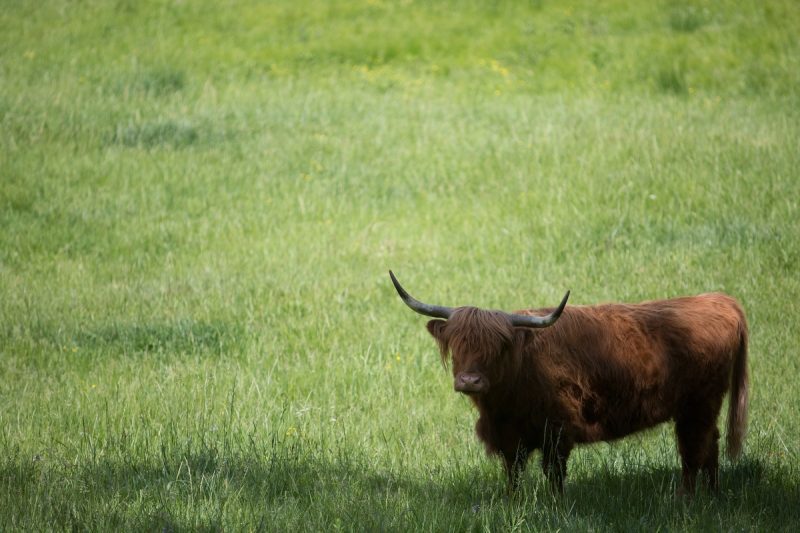
Round Up the Usual Artisans
The Lotts began rounding up artisans – spinners, a blacksmith, a woodworker, basket weavers, quilters, chair caners and other bearded re-enactors. “We had someone making lye hominy and someone making lye soap, with dulcimer music in the background,” Tom recalls. “I served hot biscuits with apple butter to the crowd.”
The events were free of charge but driven by donations.
Nancy Patschell, a Cleveland quilter, fondly recalls these little festivals.
“I loved being a part of it,” she says. “These occasions provided such good fellowship and a chance to share our lore and how we do things the homespun way. I’ve always been a pioneer girl, attracted to horse-drawn wagons my whole life, so it was nice to meet someone like-minded.”
‘The Lotts are so generous with their time and creativity’
For several years, the sheep-shearing benefits raised an astounding $12,000 in donations at each event for the White County Food Bank and an orphanage in Honduras.
“The Lotts are so generous with their time and creativity,” says Herschel Burch, past treasurer for the food bank. “Their events became one of our major fundraisers for the year and helped put food on the table for north Georgia families. Tom is very detail-oriented, and he made sure everything was done just right. He taught himself how to shear a sheep, you know.”
Eventually the fundraisers outgrew the tiny village. “They got so big that I realized I would have to hire somebody full time to help me with them,” Tom says with a laugh.
His health issues have put a halt to the fundraisers, but the Lotts – who met on a blind date when she was majoring in elementary education at Brenau and he was an undergrad at the University of Georgia – stay busy giving tours to school groups, garden clubs and historical societies. In fact, the Lumpkin County Historical Society has just named Tom its Preservationist of the Year.
“We just wanted to create a peaceful place where you can learn about the past,” says Joyce, who stays active in other volunteer work in White County. “I think we’ve done that.”
- Joyce Lott, WC ’59, right, and her husband Tom Lott pose for a photo in front of the church at the village on their farm on Tuesday, May 3, 2016, in Cleveland, Ga. (AJ Reynolds/Brenau University)
- And entryway to a meadow at at the farm of Joyce Lott, WC ’59, and her husband Tom Lott. (AJ Reynolds/Brenau University)
- An antique wagon wheel at the farm of Joyce Lott, WC ’59, and her husband Tom Lott. (AJ Reynolds/Brenau University)
- The farm of Joyce Lott, WC ’59, and her husband Tom Lott. (AJ Reynolds/Brenau University)
- A portrait of Joyce Lott, WC ’59, and her husband Tom Lott hangs inside their cabin at their farm. The cabin was the first building the couple built on their property, which led to the rest of the antique village. (AJ Reynolds/Brenau University)
- The sign for the Cabin in the Laurel Village, the antique village built at the home to Tom and Joyce Lott. The couple has worked to recreate an antique styled village at their home. (AJ Reynolds/Brenau University)
- An allium plant at the farm of Joyce Lott, WC ’59, and her husband Tom Lott. (AJ Reynolds/Brenau University)
- The village at Lott farm, which includes an old mill, began after the couple moved an 1800s cabin from Lake Burton to their property in Cleveland, Georgia. (AJ Reynolds/Brenau University)
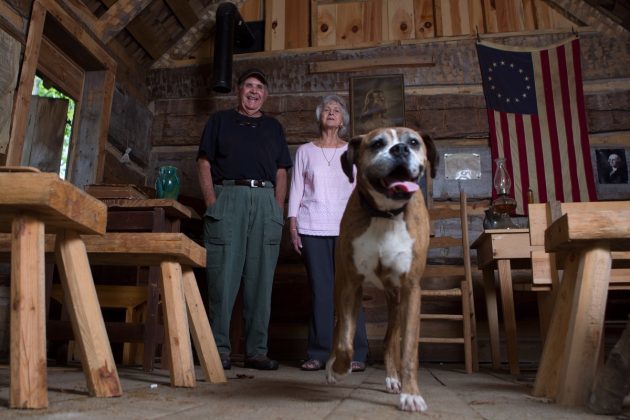
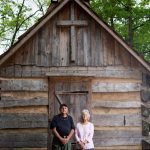
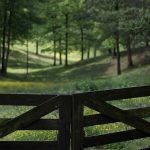
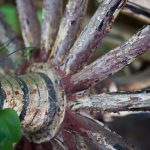
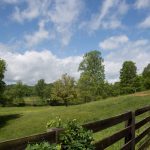
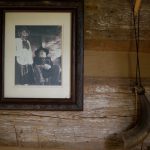
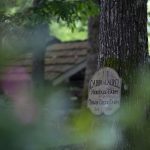

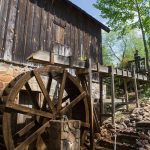

What is the address so that we can visit?
I would like to know the same as Carl Burroughs: Where is the Lott Farm?